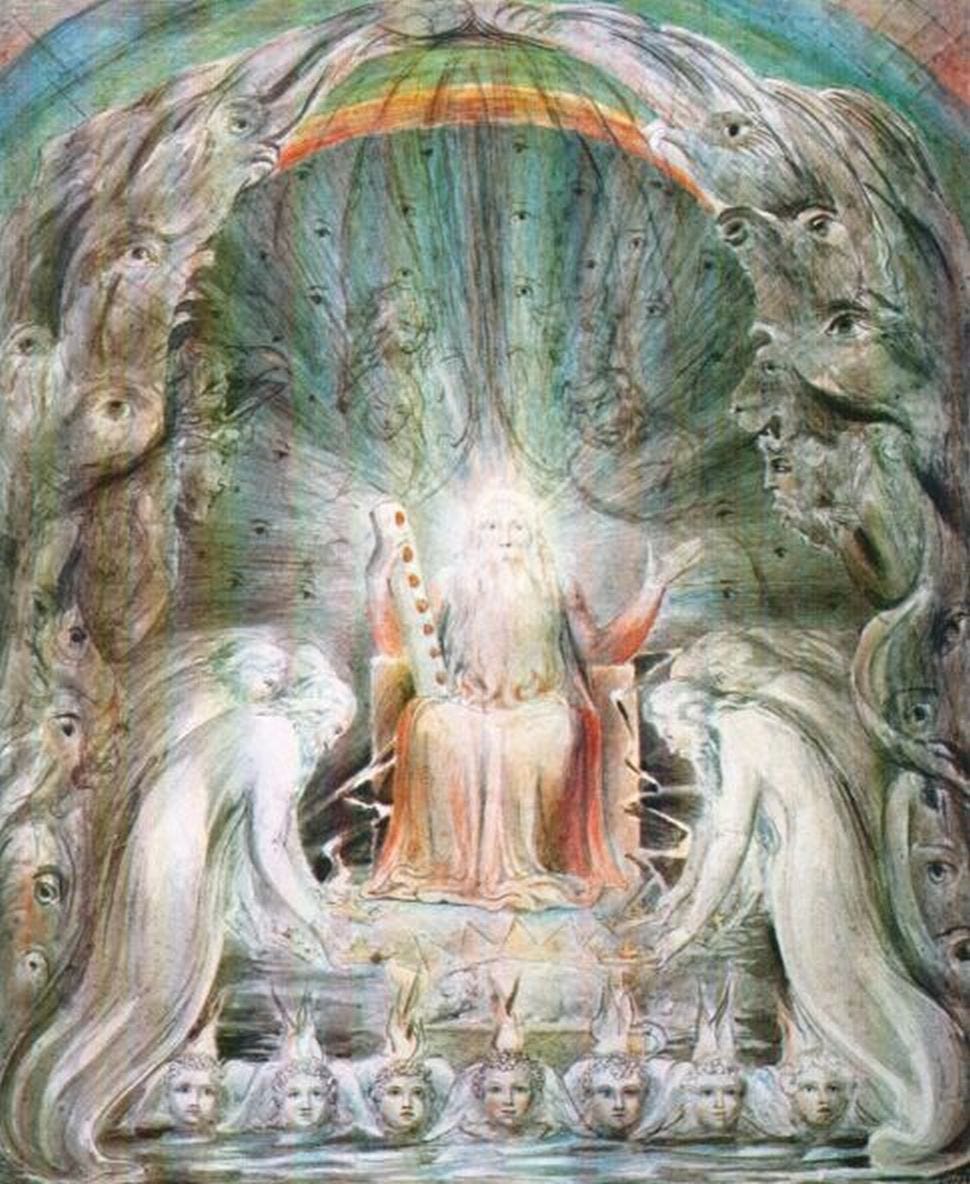The God that Jews, Christians, and Muslims worship is not simply or merely the biblical god, whether considered in his component parts (El in various manifestations and YHWH at different stages of supremacy, together with a variety of Levantine divinities whose attributes he has assumed) or in his composite, edited portrait. To be clear, the God of deve…
Keep reading with a 7-day free trial
Subscribe to A Perennial Digression to keep reading this post and get 7 days of free access to the full post archives.




